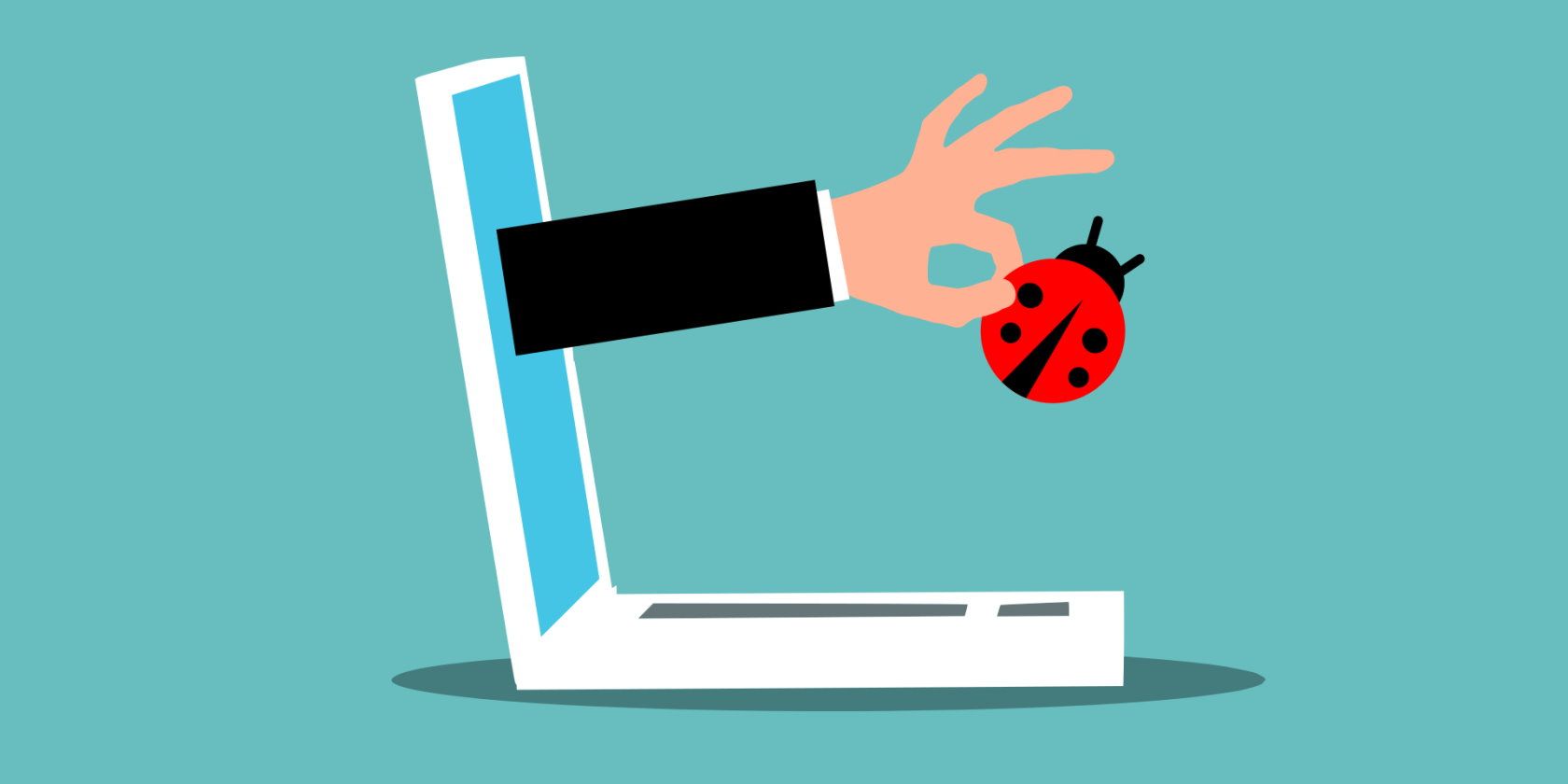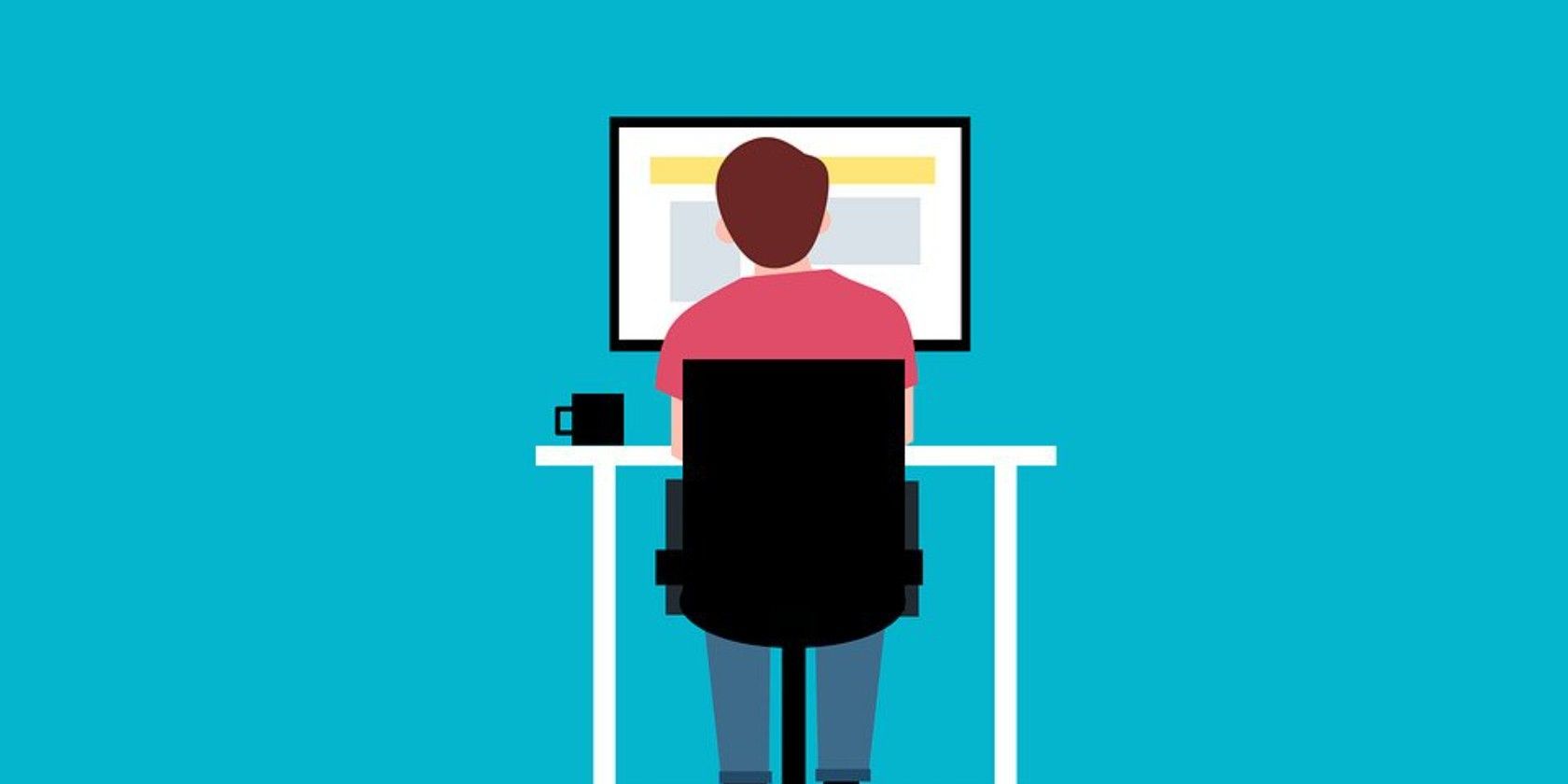Remote computer access has many benefits. From increased productivity to cost savings, there are plenty of reasons why you, as an individual or business owner, should consider using this technology. However, there are also some risks that you need to consider before making the switch.
So what are the risks associated with remote computer access? And how can you mitigate them?
What Is Remote Computer Access?
Remote Computer Access is simply the ability to connect to another computer or network from a remote location. It allows you to use a device without physically handling it. The technology is popularly used for providing tech support and quick fixes to software problems.
You might have experienced remote access while getting technical troubleshooting on your own computer. The technician could see your screen and control your mouse and keyboard to resolve the issue.
Other than that, Remote Computer Access technology has helped a lot of businesses during the Covid-19 pandemic as employees were able to access office computers by safely remaining in their homes. It has also proved to be a cost-effective solution as it eliminates the need for traveling and accommodation expenses.
How Does a Remote Computer Access Work?
Before knowing the risks associated with using remote access, it is vital to understand how it works.
Remote Computer Access usually works by using a client-server model. For remote access to work, you need three things: a remote access client, a remote access server, and a network connection between them.
The host computer, which is the server, stores all the files and applications that the user needs. On the other hand, the client is a program that allows the user to connect to the server and use its resources. The client program is installed on the user's computer, and they can use it to connect to the server from anywhere in the world.
Once the connection is established, the user can access all the files and applications stored on the server. They can also perform several tasks, such as creating and editing documents, sending and receiving emails, troubleshooting problems, and much more.
Risks Associated With Remote Computer Access
So you know the benefits of remote access. What are its drawbacks?
Security Breaches
One of the biggest risks associated with remote access is security breaches. When you allow remote access to your computer, you are also giving the person on the other end complete control of your system. This means they can access all your files, applications, and data. If the person is not someone you trust, they could use this information for malicious purposes, such as stealing your identity or selling your confidential data on the dark web.
Apart from that, if you are accessing your office device from your personal PC through remote access and your PC has a weak security setup, there is a possibility that the hacker could gain access to your work system as well. This could lead to a lot of damage, such as leaked confidential information, stolen data, and even financial loss.
Malware Attacks
Another major threat associated with remote access is the possibility of malware being installed on your system. If the person on the other side has malicious intent, they could install malware on your computer without you even knowing. This malware can then be used to collect your personal information or damage your system.
Other than that, most remote computer access programs do not scan the involved devices for malware. So, suppose you are remotely accessing the office computer with your malware-infected personal PC. In that case, you can inadvertently infect your office computer, as well as all the devices connect to it through a network, with malware.
Data Loss
Data loss is another concern during remote access. If there is data exchange going on and the connection between the client and server is interrupted, it could result in data being lost. This is especially critical if you are working on important files or projects. Data loss can also occur if the remote access program crashes or if there is a power outage.
Performance Issues
Lastly, another risk associated with remote access is performance issues. If the connection between the client and server isn't strong enough, it can result in a laggy and slow experience. This can be frustrating, especially if you are working on time-sensitive tasks.
And if too many people are accessing the same server, it could result in the server becoming overloaded and even slower. This can make it challenging to get work done and can be frustrating for users.
How to Protect Yourself Using Remote Access
Remote computer access is risky, but you cannot entirely ignore it. No matter what profession you are in, you might have to use it someday.
So, what can you do to protect yourself from risks associated with remote access? Here are some tips:
- Use a VPN: The first thing you can do to protect yourself is to use a VPN. It helps encrypt the connection between the remote server and your device. This makes it difficult for hackers to intercept your data or access your device.
- Install Security Updates: You must ensure that your system, as well as the remote server, is updated to the latest security patches and updates. This will help close any potential security holes that hackers could exploit.
- Don't Use Public Wi-Fi: You should also avoid using public Wi-Fi to access remote servers. Public Wi-Fi is not secure and can be easily hacked. If you must use public Wi-Fi, make sure you use a VPN at the same time.
- Use Strong Passwords: An important thing to do is to create strong passwords for your system and accounts. This will help to prevent hackers from gaining access to your account even if they get remote access to your computer. Make sure you use a different password for each account and to change them regularly, preferably on devices not connected to any remote access networks.
- Limit Access: Another way to protect yourself is to limit access to the remote server. Only provide access to people who really need it and ensure you revoke access as soon as they no longer require it.
- Monitor Activity: You need to monitor activity on the remote server. This will help you to detect any suspicious activity and take action accordingly.
Be Safe When Using Remote Access
By following these tips, you can protect yourself from unauthorized remote access. However, even if you take all these precautions, there is no guarantee that you will not be hacked. So, always be vigilant and keep an eye out for any suspicious activity.


